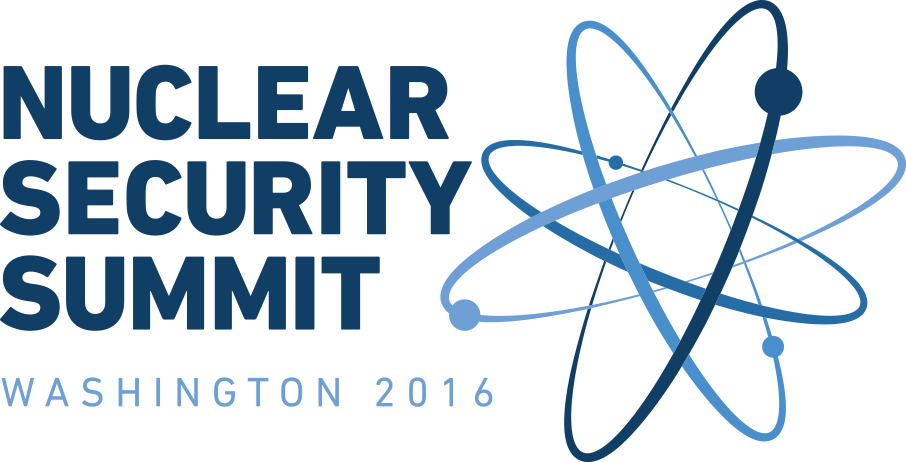Scope of discussion
- 2003-05-15: Our focus on Look East – Act East
- Other Regional Cooperation groupings – Preilms fodder & General gyan
- The concept of Buffer zone – Factoids
- Policy imperatives for NE region wrt border states – Mains & Interview
Following is an excerpt from the Distinguished lecture series organised by MEA. The talk was given by Amb (Retd) Shyam Saran and extensively touches upon our interactions with neighbouring states and evolution in our foreign policy wrt them. Quick timeline check –
2003
Prime Minister Atal Bihari Vajpayee proposes the establishment of a South Asian Economic Union, based on –
- South Asian Free Trade Agreement (SAFTA),
- a Customs Union and
- a common currency
- Also puts forward the idea of a South Asian Parliament
2005
Prime Minister Dr. Manmohan Singh extols the virtue of a free flow of goods, people and ideas across national borders while respecting the political realities at ground
2014
In comes PM Modi, inviting the heads of state from all the South Asian countries to his swearing in ceremony – quickly followed by his visits to some of these countries to deepen the relationship
But why such a huge thrust forward?
India is today the fastest growing emerging economy in the world and can become an engine of growth for all our neighbours
Our border states will have an opportunity to benefit from the growing economic and commercial exchanges with our neighbouring countries provided appropriate policies are adopted
Strategically – India’s North-East, which shares borders with 5 of our neighbours, namely China, Nepal, Bhutan, Bangladesh and Myanmar has a huge potential to leverage cross border economics
What are some of the other regional cooperation groups in Asia Pacific where India has vested interest for its growth?
#1. The Bangladesh-Bhutan-India-Nepal (BBIN) sub-regional cooperation

Source: Live Mint
- India’s North-East constitutes a major component of BBIN
- A sub-regional power grid is beginning to emerge –
- India supplying power to Bangladesh and to Nepal and
- Bhutan supplying power to India
There is a recent report on an additional 100 MW of power from Tripura being committed by India to Bangladesh in exchange for the latter leasing 10 GBPS internet bandwidth for use in India’s North-East
There is a plan to reconnect the countries through the revival and development of riverine transport
The natural outlet for the North East historically was Chittagong port, now in Bangladesh. As per the BBIN cooperation, this port may once be made available
#2. BIMSTEC – Bay of Bengal Initiative for Multi-Sectoral Technical and Economic Cooperation
We have covered this extensively here – Click to read.
#3. Strategic partner at ASEAN
- India and ASEAN already have a free trade, investment and services agreement
- Ongoing negotiations on a Regional Comprehensive Economic Partnership (RCEP) which includes –
- 10 ASEAN member countries
- China, Japan, the Republic of Korea, Australia and New Zealand
To read more on ASEAN & EAS (East Asia Summit), click here to read our explainer
Please note that EAS is a larger grouping which includes not only those represented in the RCEP but also the U.S. and Russia
#4. Asia-Pacific Economic Cooperation (APEC) group

India has applied to become a member
APEC is not yet a free trade grouping but it is nevertheless an important forum for expanding economic and trade relations
APEC could also become basis for a larger Asia-Pacific Free Trade Area (APFTA) which has been proposed by China
Discuss: The answer to these two questions would be more or less the same. UPSC has a knack of testing aspirant’s clarity with simple/ complex approaches
Simple question – The success of India’s Act East Policy is integrally linked to the role of India’s North East as a bridge between India and its extended eastern neighbourhood.
Complex worded question – Borders should not be looked upon as impenetrable walls that protect us from the outside world but rather as “connectors” which bring us together with our neighbouring countries.
Negative mindset with regard to national boundaries also impacts upon how we look at the role of our border states. How has this been historically true?
In the period of British colonial rule various parts of the country were designated as Buffer Zones
These being areas on the periphery of British Empire as distinct from its heartland
Border regions were deliberately left undeveloped or under developed and access to these areas was restricted as a matter of policy
This is the genesis of so-called Inner Line Permit regime which continues to apply in several parts of North East. What is that?
Inner Line Permit is required for Indian citizens to enter Arunachal Pradesh, Nagaland and Mizoram. Inner Line Permit is issued under the Bengal Eastern Frontier Regulation, 1873.
Impacted states – Arunachal Pradesh, Mizoram, Nagaland

However, after India became independent – such distinctions between the heartland and the periphery became irrelevant. The Indian Constitution does not recognize any differential status among the States which constitute the territory of India.
Arguments in favour of Buffer Zones –
For reasons of defense and security it may be necessary to limit the development of our border areas to only that which is necessary from the defense point of view. BUT – Persisting with this approach can lead to a sense of alienation among the population of border States and dilute their sense of being part of national mainstream.
What should be the policy imperatives for the development of North East region?
#1. Develop the Chicken’s neck

source: The Diplomat
The Siliguri Corridor, also called as India’s Chicken’s neck
While the Siliguri corridor looks narrow on the map, it is 22-km wide and there is no reason why additional rail and road links cannot be laid in this corridor
The feasibility of additional rail and road links needs to be examined on an urgent basis
#2. North East intra-connectivity plan
At present there are no efficient transport linkages among the North East States themselves
In this connection special attention needs to be paid to the revival of riverine linkages and water transport
#3. Connectivity across Indian borders
- The ongoing India-Myanmar-Thailand trilateral project
- The Kaladan Multi-modal transport project which links Myanmar’s Rakhine province and its port of Sittwe with Mizoram
- With China, there is a trade route in place through the Nathula Pass in Sikkim
Read more on news and stories relevant to this theme?
Bringing development to the north east
Ensuring Peace in the Northeast






















